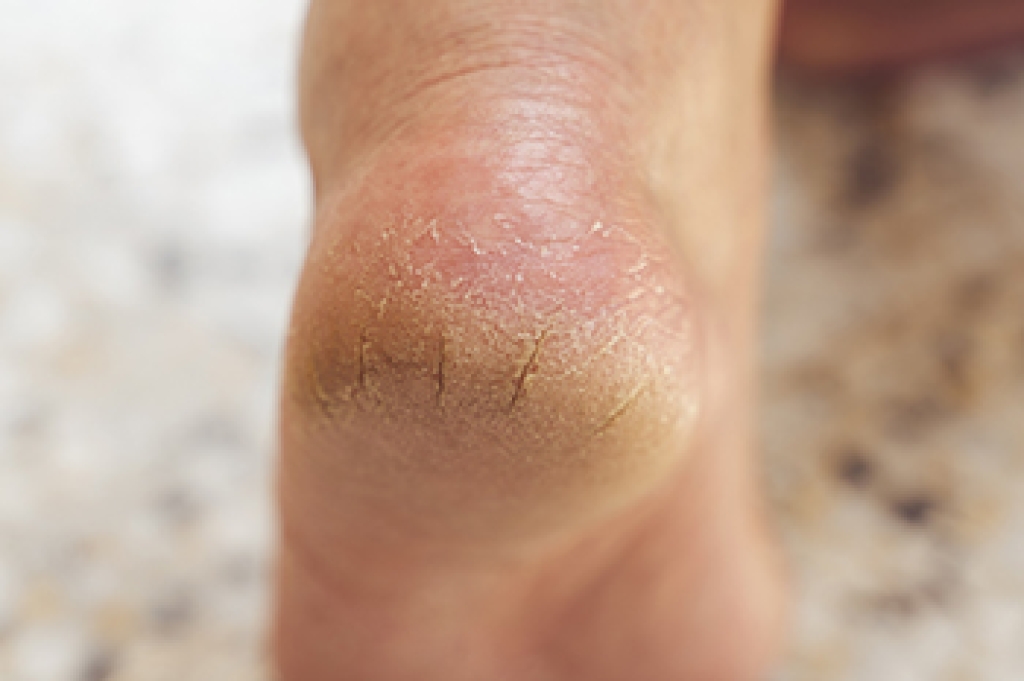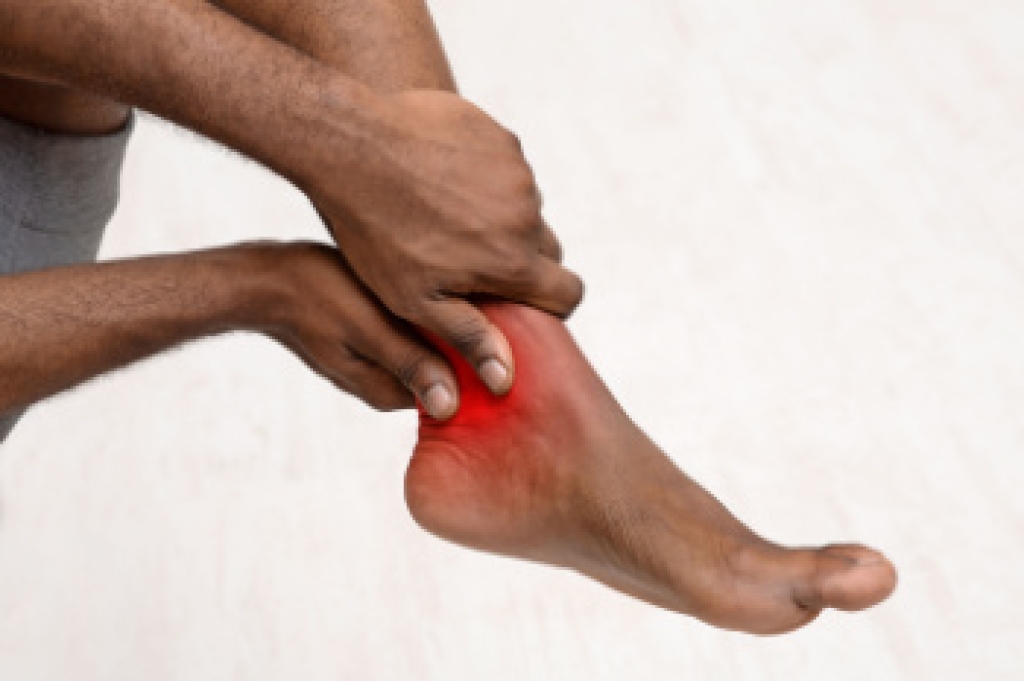
Flat feet occur when the arches of the feet do not rise off the ground, causing the entire foot to make contact with the surface. You can often find out if you have flat feet by looking at your footprint after stepping on a wet surface or by checking whether your ankles roll inward when standing. Flat feet differ from normal arches, which provide natural support and shock absorption, and from high arches, which place extra pressure on the heel and ball of the foot. A podiatrist can evaluate your arch type, identify any related pain or alignment problems, and recommend treatments such as supportive footwear or custom orthotics. If you have problems related to flat feet, it is suggested that you consult a podiatrist who can confirm this condition, and offer effective management tips.
Flatfoot is a condition many people suffer from. If you have flat feet, contact one of our podiatrists from East Ocean Podiatry . Our doctors will treat your foot and ankle needs.
What Are Flat Feet?
Flatfoot is a condition in which the arch of the foot is depressed and the sole of the foot is almost completely in contact with the ground. About 20-30% of the population generally has flat feet because their arches never formed during growth.
Conditions & Problems:
Having flat feet makes it difficult to run or walk because of the stress placed on the ankles.
Alignment – The general alignment of your legs can be disrupted, because the ankles move inward which can cause major discomfort.
Knees – If you have complications with your knees, flat feet can be a contributor to arthritis in that area.
Symptoms
- Pain around the heel or arch area
- Trouble standing on the tip toe
- Swelling around the inside of the ankle
- Flat look to one or both feet
- Having your shoes feel uneven when worn
Treatment
If you are experiencing pain and stress on the foot you may weaken the posterior tibial tendon, which runs around the inside of the ankle.
If you have any questions, please feel free to contact our office located in Deerfield Beach, FL . We offer the newest diagnostic and treatment technologies for all your foot care needs.




